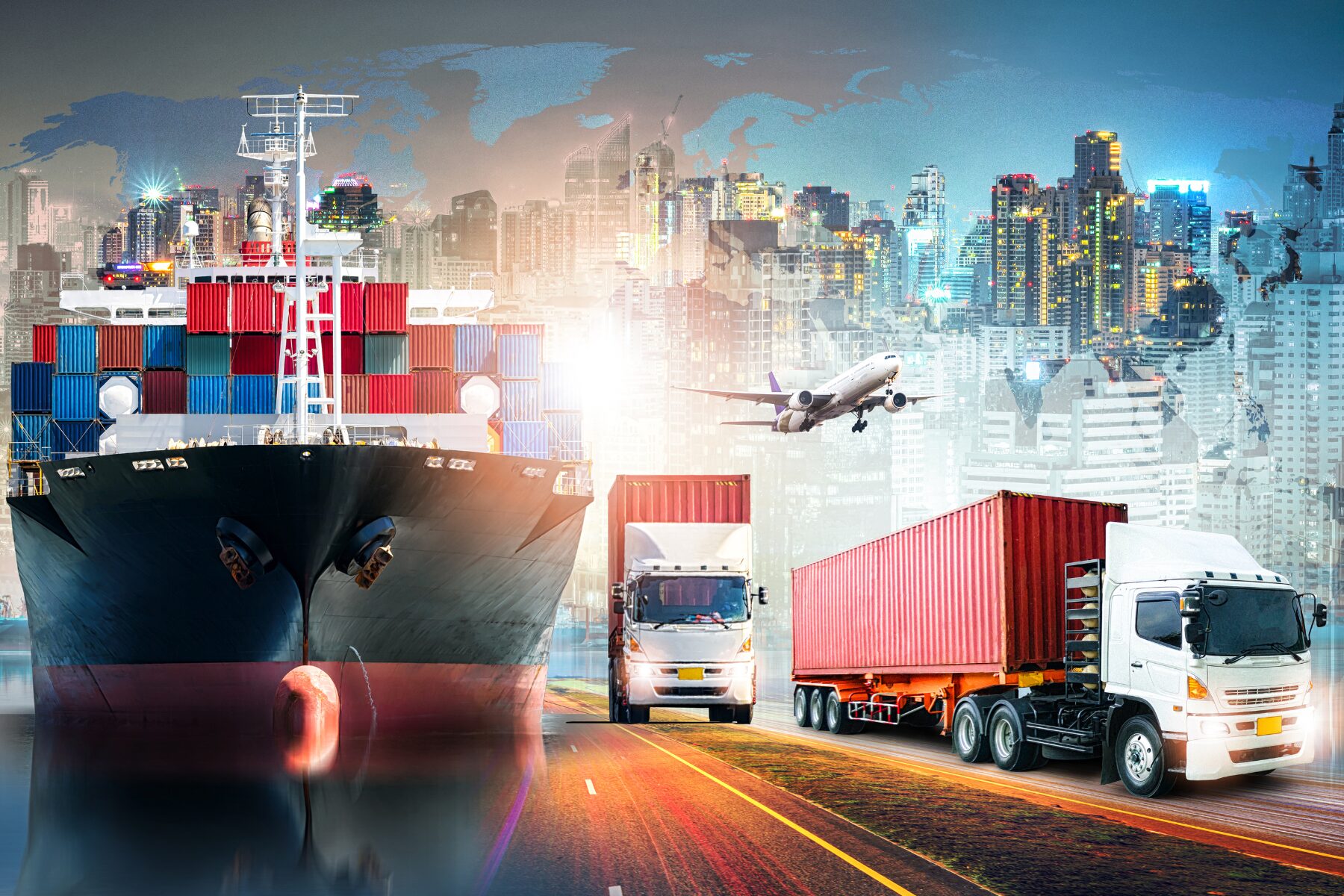
The transportation of goods worldwide has become an important aspect for lots of businesses and plays a crucial role in the global economy. Thanks to the rise of ecommerce, the shipping industry is bigger than ever with manufacturers, suppliers and consumers relying on the timely delivery of goods. To put this into perspective, around 11 billion tons of goods are transported each year just by ship alone.
There are many transportation methods available for shipping goods worldwide including sea freight, air freight and road freight. Selecting and investing in the correct shipping method for your goods, whether this is raw materials, manufacturing parts or finished products, is essential to ensure timely delivery and uninterrupted business operations. With so many transportation methods available, how do you decide which is best for your goods and business?
First things first, you need to evaluate your cargo. This includes evaluating the type of goods you’re transporting and how quickly you need it to be delivered. If your goods are time sensitive and perishable, then a faster delivery method would be the better option.
Similarly if you’re needing to make a shipment fast and efficiently and have it delivered to the recipient as soon as possible, then a faster transportation method is recommended. Air freight would be the ideal shipping method in either of these situations thanks to the quick, seamless and efficient delivery it provides.
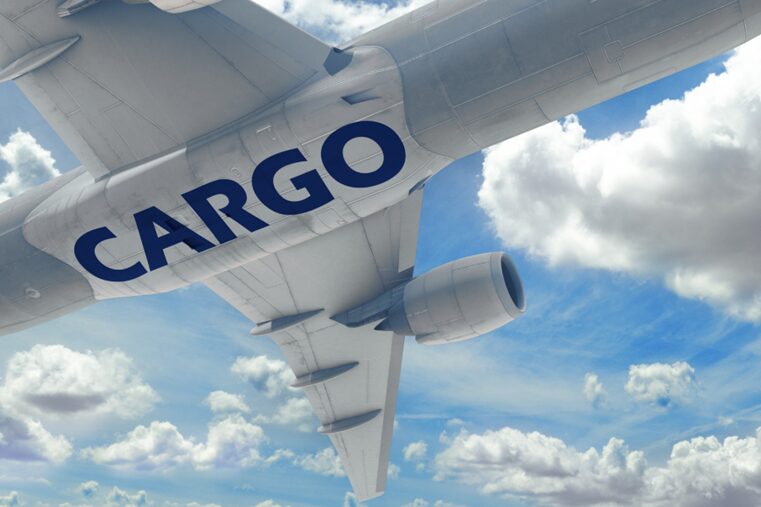
If you’re looking to ship a large amount of cargo that is both heavy and bulky, then you should consider sea freight rather than air freight. Whilst shipping by air is faster, you can be limited to how much you can ship due to weight restrictions and a typical pallet can’t exceed 1000kg. Shipping by sea however offers a lot more flexibility.
When opting to use sea freight, you pay for a shipping container and can fill this with as much cargo as you wish. A 20ft ISO container can carry around 28,230kg, whereas a 40ft ISO container carries around 26,680kg as the container itself weighs more, but is twice as long. They’re particularly useful for lighter, bulky items.

The final destination of your cargo and the distance it’s travelling should also be taken into account. If you’re shipping to somewhere that’s within the UK or Europe, consider road freight as it’s an easy and budget friendly option.
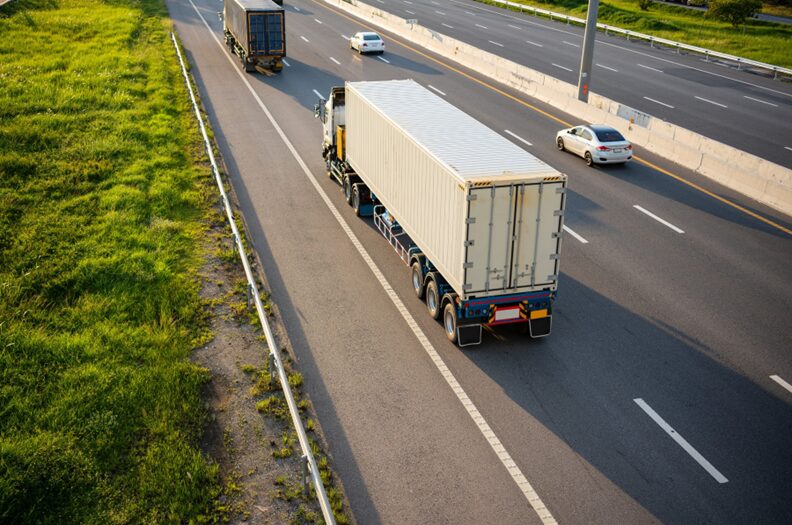
Or if you need to ship somewhere worldwide and your shipment isn’t time sensitive, shipping by sea is a much more environmentally friendly option compared to other freight methods.
When shipping by sea however you often also need to use road freight to reach your final destination due to the location of sea ports. Choosing air freight gives you the option to ship to almost any destination directly as most airlines have a large chain of destinations globally.
The cost of shipping your cargo is also a major factor that needs to be considered when choosing the right method. Whilst air freight may be the most efficient and fastest method and therefore the most appealing, it is the most expensive. On the other hand, road freight and especially sea freight are much more economical options but they could take longer. It’s important to weigh up the benefits of speed vs costs and decide which is more important for your business.
The impact our actions are having on the environment and the size of our carbon footprint is becoming an increasingly important issue and therefore needs to be considered when choosing your freight shipping method. Air transport is often seen as a major contributor to climate change and global warming as airplanes emit a large amount of greenhouse gases. Statistics show that air freight produces around 10 times more CO2 than sea freight, making it a much more sustainable method.
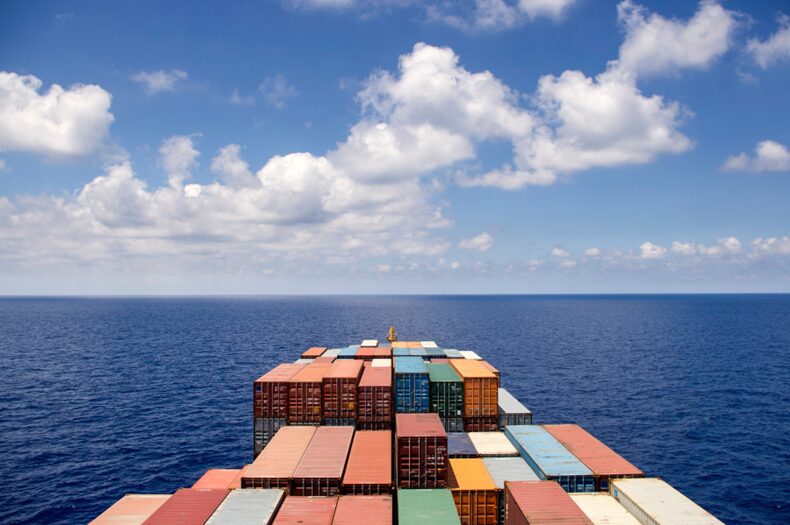
Assessing the reliability of a transportation method is another factor that should be considered during the decision making process. Factors such as a good track record of on-time delivery and secure handling of goods is vital to ensure your cargo gets to where it needs to be safely and in the right time frame.
In this case, air freight is the perfect transportation method as it is highly reliable with multiple flights leaving destinations a day and thanks to tight airport security and regulations, the risk of mistakes or theft is smaller.

Choosing the right transportation method for your goods is a complex process that involves careful consideration of various factors. Thoroughly evaluating the cost, location and weight of your goods will help to make an informed decision to ensure your cargo is delivered efficiently.
Not only is it important to choose the right freight shipping method, but so is finding a reliable freight forwarder to help you reach your destination. At Jenkar Shipping, we have over 45 years of experience in the international freight industry and our expert team goes the extra mile for our customers to ensure smooth, fast and seamless delivery of all cargo.
Get in touch with our freight experts who are more than happy to help you get your cargo to where it needs to be in the most effective method for your business.
Stay up to date with the latest trends, news and updates in the freight forwarding industry to ensure that your logistics operations are always optimised for efficiency.
 The Most Important International Shipping Laws and Regulations You Need To Be Aware Of
The Most Important International Shipping Laws and Regulations You Need To Be Aware Of
International shipping laws and regulations are important for the facilitation of global trade and without them, the movement of goods across borders would be inefficient and quite frankly, chaotic. With these laws in place however, the transportation of goods, documentation requirements and safety regulations are standardised to ensure security at borders and efficient international trade. […]
Read More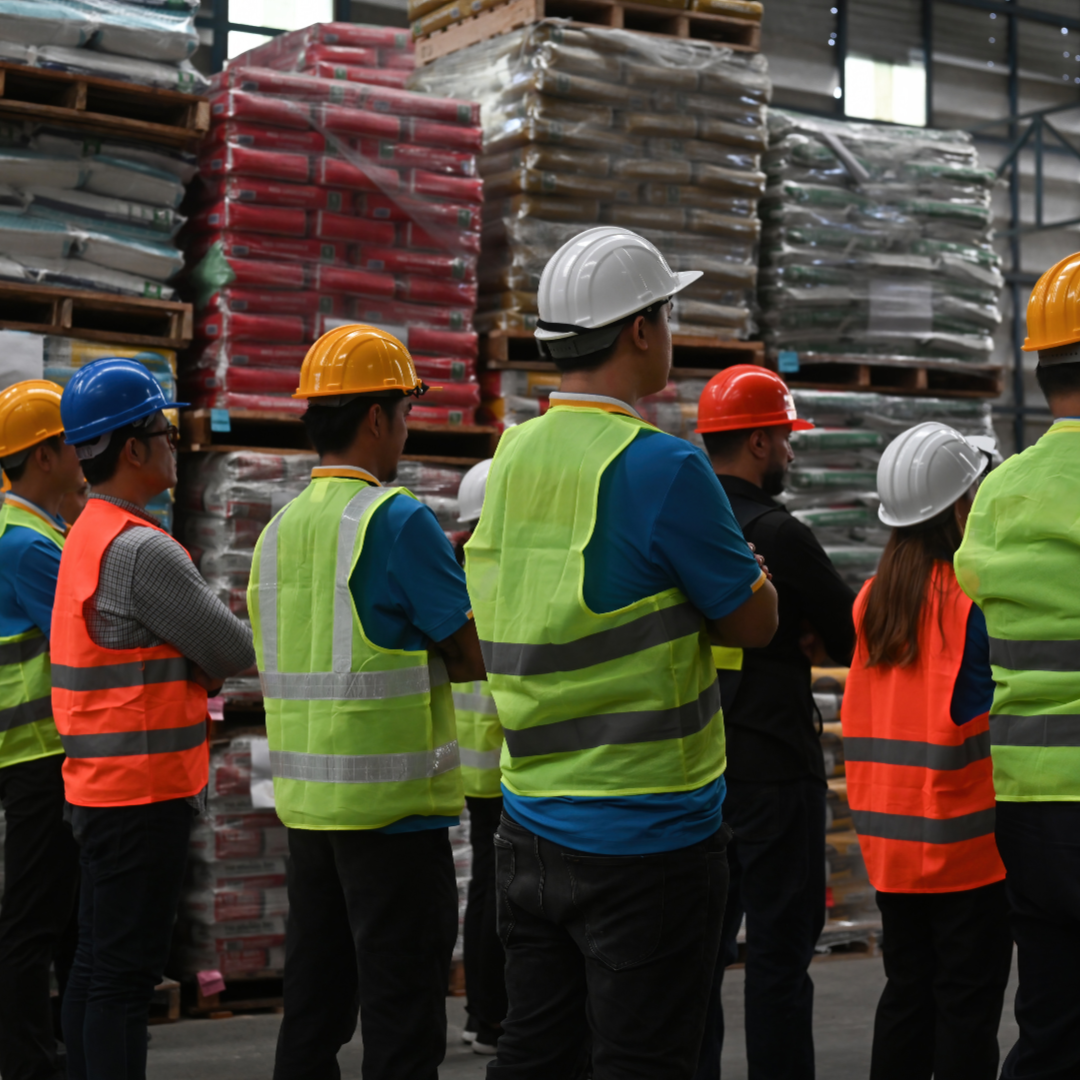 U.S. Dock Workers Commence Strike Across Ports on East and Gulf Coast
U.S. Dock Workers Commence Strike Across Ports on East and Gulf Coast
As of Tuesday 1st October, dock workers at ports across the U.S. East and Gulf Coasts are onstrike against their employers. The strikes come as a result of negotiations between TheInternational Longshoremen’s Association (ILA) and U.S. Maritime Alliance (USMX), where both organisations have been trying to settle on a new master contract. The ILA have […]
Read More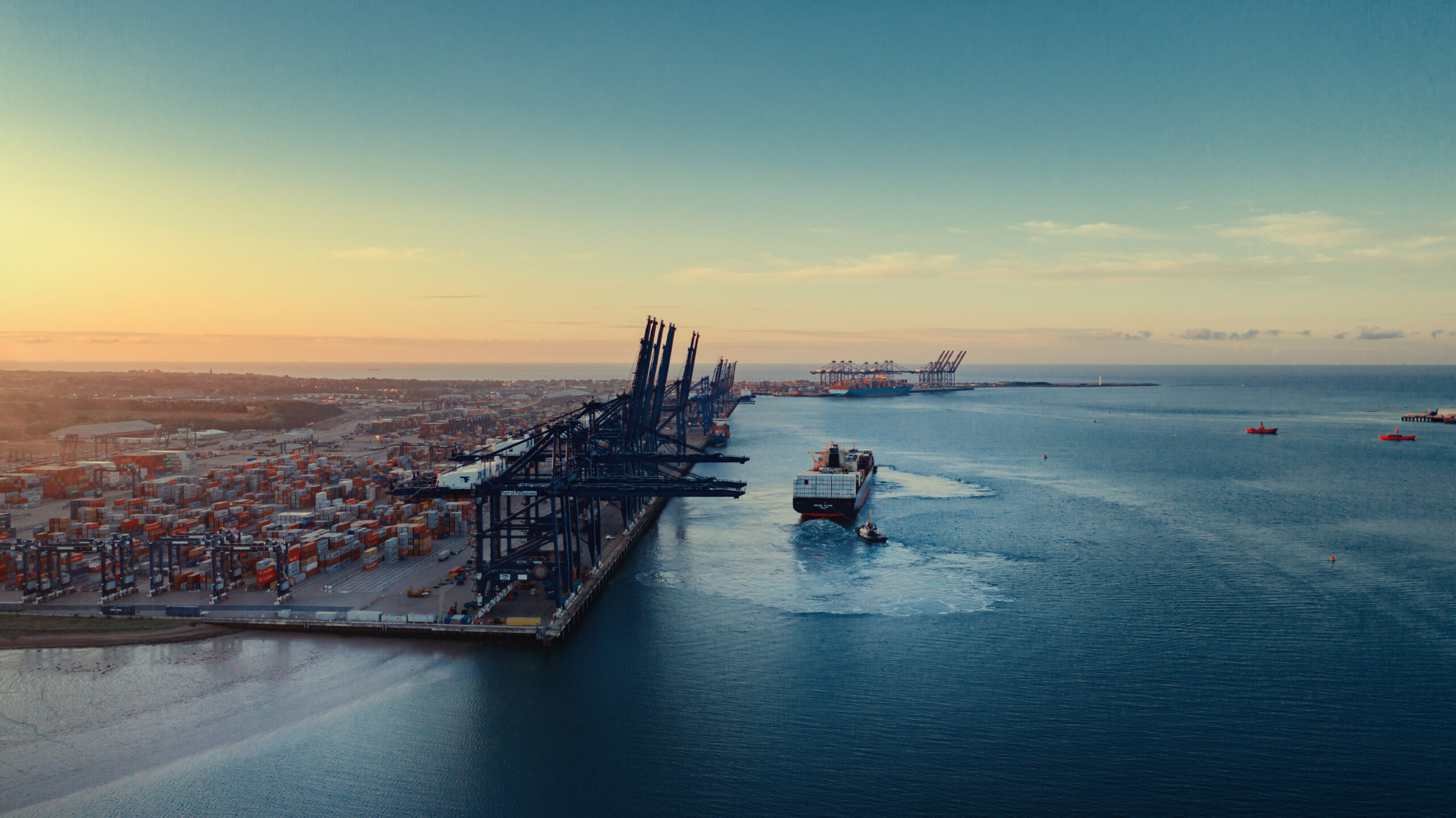 Changes To GB Safety and Security Import Controls Suppliers Need To Be Aware Of
Changes To GB Safety and Security Import Controls Suppliers Need To Be Aware Of
The Changes From 31st October 2024, Safety and Security (S&S) declarations will now be required for all goods being imported from the EU, not just animal, plant or plant-based products. This means that imports from the EU will now be subject to the same control measures as imports from the rest of the world. These […]
Read More